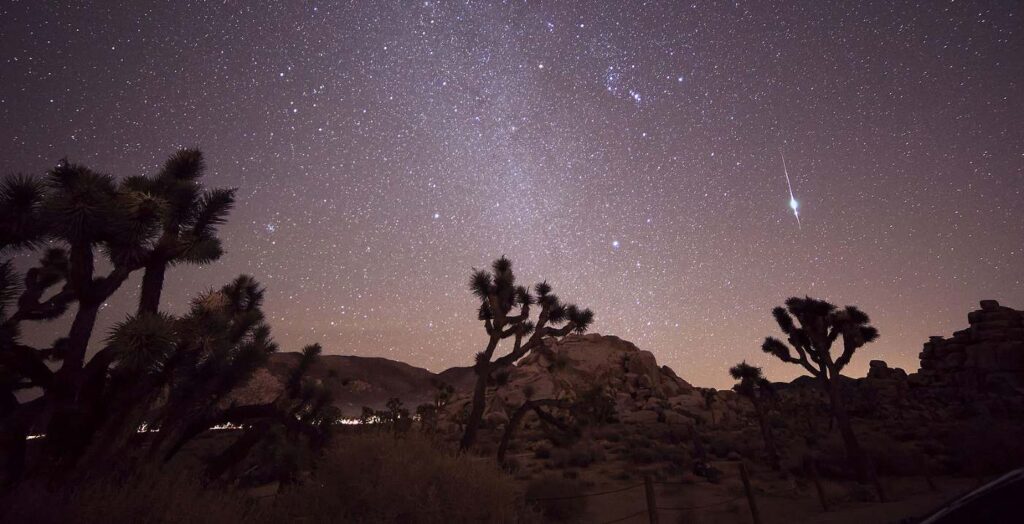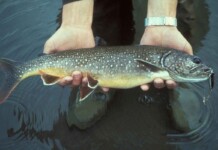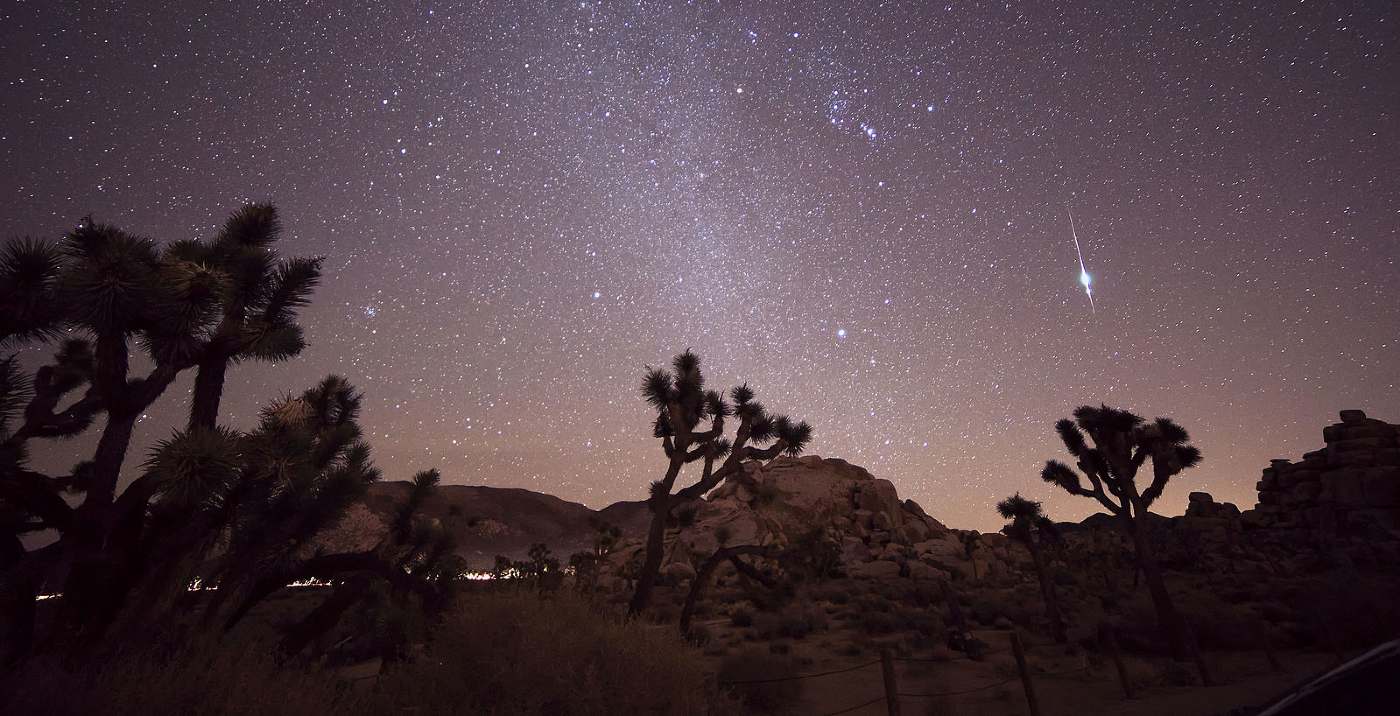
In a fairly rare cosmic occurrence this month, two annual meteor showers will appear to ‘peak’ at the same time on the night of July 30th.
Both will appear in the southern sky, and though they will radiate out from different constellations, it will be difficult to tell which shooting stars belong to which constellation.
The first and much grander of the two is the Southern δ-Aquariid meteor shower, believed to be the tailings of the comet 96P Machholz.
At its zenith, some writers are suggesting you should be able to see 25 shooting stars per hour under a clear sky. To see them, look to the southeast region of the sky toward the constellation Aquarius.
However, Aquarius is a very difficult constellation to find, and even with this 12-minute YouTube guide, the host said she needed “years” before she felt comfortable finding it.
On the bright side, you don’t have to identify the Water Bearer to see the shooting stars, if you find Capricornus, Aquila, or Pices—all surrounding Aquarius and easier to find—you’re looking in the right direction.
MORE STARGAZING OPPORTUNITIES: Oregon Outback Named World’s Largest Dark Sky Sanctuary – a Stargazer’s Paradise
On the same night, the α-Capricornid shower will also peak, and as just mentioned, Aquarius and Capricornus sit beside each other. The Capricornids should produce an additional 5 per hour for a total viewing pleasure of around 1 every two minutes—perhaps just enough to keep the attention of a young child.
The best viewing will come from either the Southern Hemisphere, or the southerly latitudes of the of the Northern Hemisphere.
FIND A FRIEND TO WATCH WITH, And SHARE This Story…




















